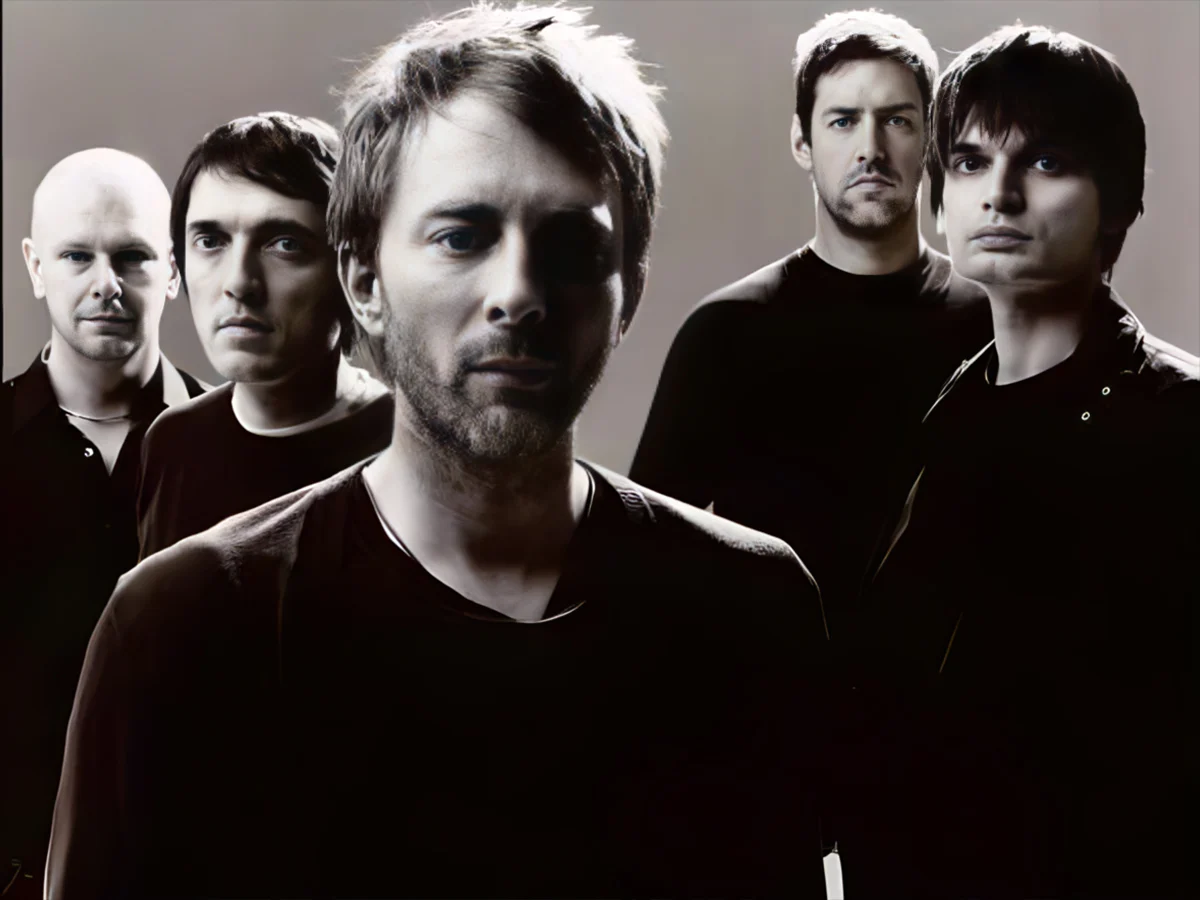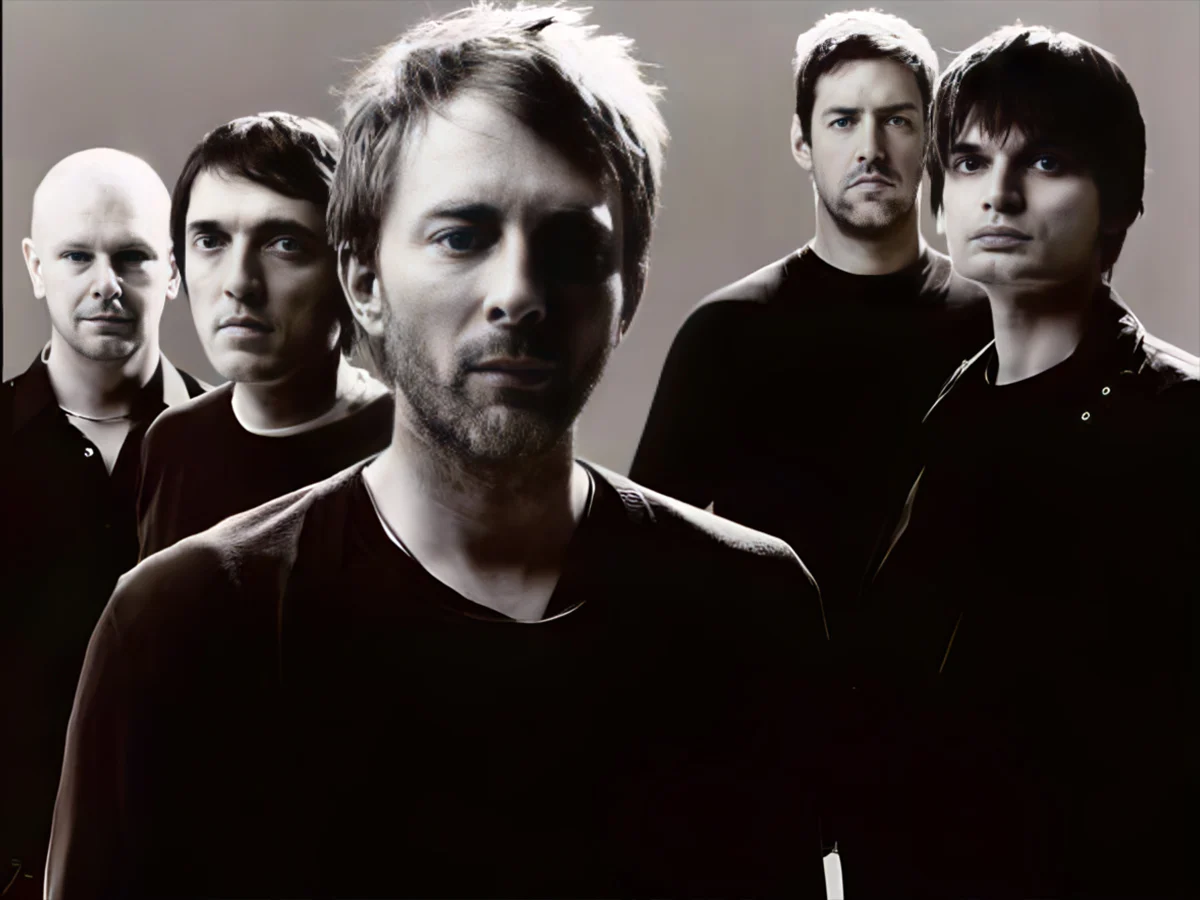
When Radiohead released OK Computer in 1997, it was a bold departure from the Britpop scene that dominated the music landscape at the time. The album’s conceptual depth, its exploration of technological dystopia, and its critiques of capitalism were groundbreaking—yet one track in particular stood out for its ability to make listeners feel genuinely uneasy. That track was “Climbing Up The Walls,” a haunting exploration of fear, paranoia, and human vulnerability that remains one of the band’s most chilling moments.
In an era of laddish anthems and cheerful guitar riffs, OK Computer was a jarring contrast, redefining what a rock album could be. Its eerie atmosphere, complex soundscapes, and dystopian themes resonated not only with listeners in 1997 but also with those looking for something more thought-provoking and unsettling. With OK Computer, Radiohead became pioneers of an experimental sound that would define much of their future work. However, no song on the album encapsulated this darker, more disturbing shift in music more than “Climbing Up The Walls.”
A Sonic Dystopia
“Climbing Up The Walls” starts innocently enough, but it quickly morphs into a disturbing and ominous presence. Written from the perspective of fear itself, the song’s chilling refrain, “And either way you turn, I’ll be there / Open up your skull, I’ll be there / Climbing up the walls,” expresses an inescapable dread. Its haunting, almost suffocating atmosphere is enough to make anyone feel the hairs on the back of their neck stand on end. It’s the perfect accompaniment to the kind of nightmare that sticks with you long after waking.
Thom Yorke, Radiohead’s frontman, has described the song as exploring the “unspeakable”—a terrifying feeling of helplessness and paranoia. Yorke’s inspiration for the track came from his time working in a mental hospital during a period of significant change in the UK’s care system. “Care in the Community” was introduced in the 1980s, promising to bring psychiatric care into the community, but Yorke observed that many patients were abandoned, and the effects were disastrous. He said, “It’s one of the scariest things to happen in this country, because a lot of them weren’t just harmless.” This unsettling context is what Yorke captured in the song’s deeply unsettling atmosphere.
The intensity of the track is amplified by the eerie string section that accompanies it. The strings play quarter steps apart, creating a dissonant, clashing sound that intensifies the sense of unease and chaos. The tonal clash evokes the kind of atmosphere one might find in a horror film—a creeping tension that builds to a crescendo of fear. The unsettling sound mirrors the disturbed mental state Yorke aimed to convey, creating a sonic landscape that perfectly matches the song’s themes.
The Fear of the Unknown
Yorke has often discussed how “Climbing Up The Walls” touches on the vulnerability of the human condition—how our minds can conjure up terrifying images and experiences that feel all too real. He explained, “Some people can’t sleep with the curtains open in case they see the eyes they imagine in their heads every night burning through the glass.” This concept of imagined fear is something that many can relate to, whether it’s the childhood fear of monsters lurking under the bed or the adult fear of being stalked by an unseen presence.
The track delves into this pervasive sense of vulnerability, not just on a psychological level but also on a physical one. The “cupboard monster” Yorke references is a metaphor for the unseen threats that can haunt us—whether it’s an actual danger or a fear rooted purely in imagination. It’s a visceral, almost primal fear that taps into our deepest anxieties.
A Song for the Horror Fanatics
Much like a good horror film, “Climbing Up The Walls” is not just about the scares—it’s about creating an atmosphere of tension and unease. The song’s ability to make listeners feel this level of discomfort and dread is what makes it so captivating, and why it resonates with fans of horror. The unsettling theme of OK Computer as a whole and the haunting qualities of “Climbing Up The Walls” have made it a favorite not just among music fans but also those who appreciate the thrill of fear, both in films and in music.
As the 1990s gave way to the new millennium, OK Computer became a cultural phenomenon, its dark themes and experimental sound cementing Radiohead’s status as one of the most innovative and influential bands of the era. “Climbing Up The Walls,” with its chilling lyrics and intense atmosphere, became a defining track in their catalog—a sonic journey into the darkest recesses of the mind.
Conclusion
More than two decades after its release, “Climbing Up The Walls” remains one of Radiohead’s most haunting and significant tracks. Its exploration of fear, both real and imagined, and its unsettling musical arrangement make it a perfect example of the band’s ability to evoke emotion through sound. With its dark, almost terrifying intensity, the song captures the paranoia and dread that Yorke so effectively conveys, offering a glimpse into the vulnerability of the human psyche. For fans of Radiohead, “Climbing Up The Walls” is a testament to the band’s genius—an eerie masterpiece that continues to leave its mark on listeners long after the last note fades away.

Leave a Reply